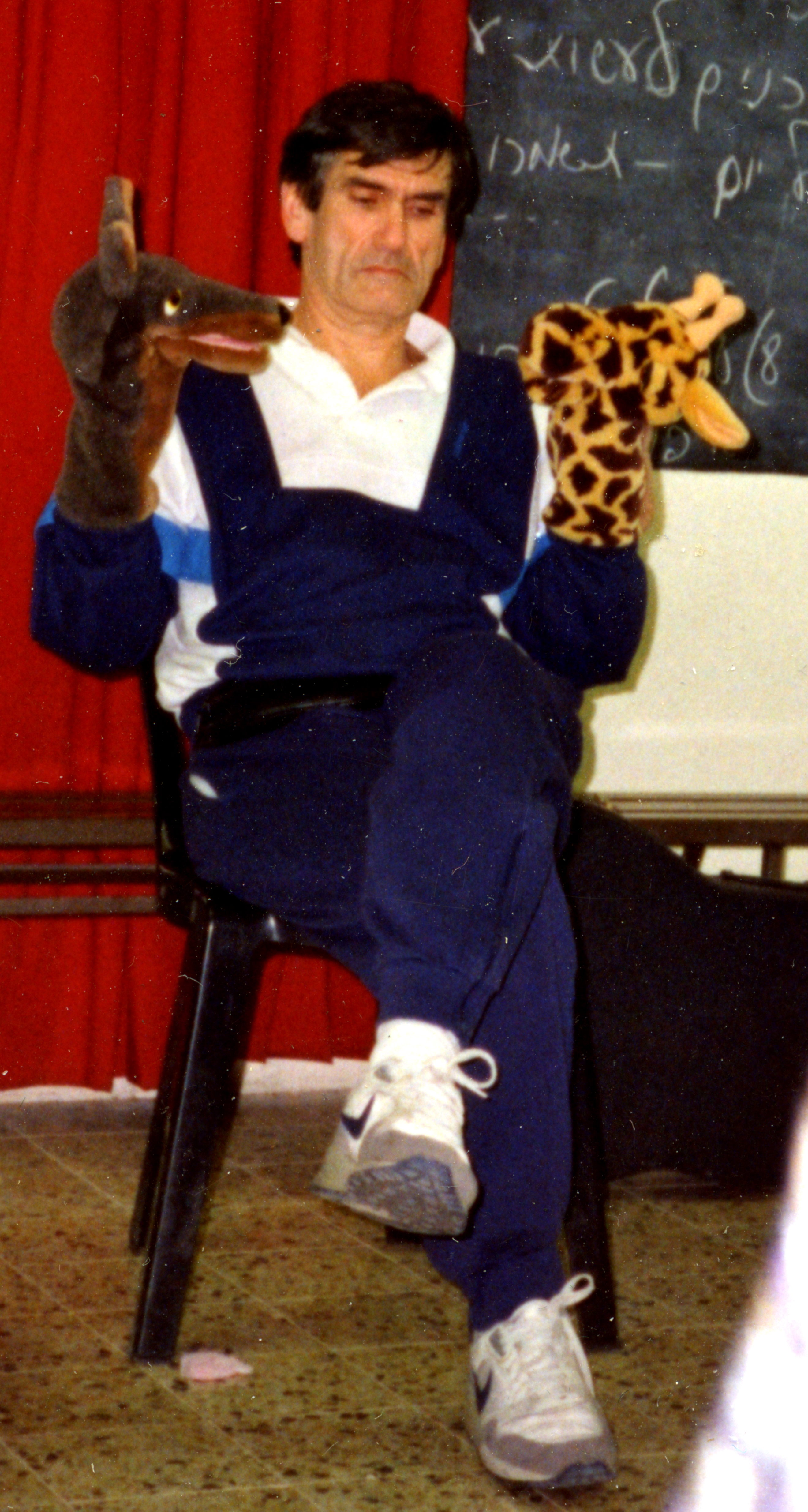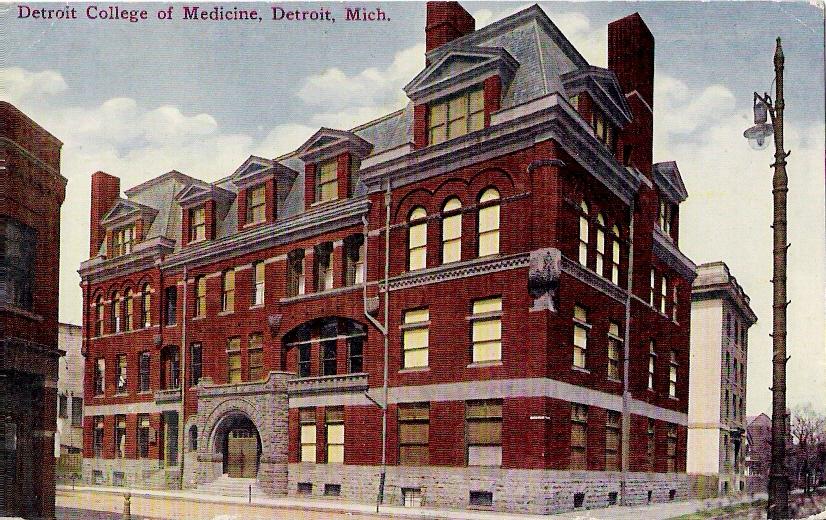|
Marshall Rosenberg
Marshall Bertram Rosenberg (October 6, 1934February 7, 2015) was an American psychologist, mediator, author and teacher. Starting in the early 1960s, he developed nonviolent communication, a process for supporting partnership and resolving conflict within people, in relationships, and in society. He worked worldwide as a peacemaker and in 1984, founded the Center for Nonviolent Communication, an international nonprofit organization for which he served as Director of Educational Services. Rosenberg was interviewed by Margaret Cross Witty for her research ''Life History Studies of Committed Lives'' to reveal the background of the non-violent communication tools he developed. Details of his formative years have been taken from that work for this article. She wrote "He has a fierce face – even when he smiles and laughs. The overall impression I received was of intellectual and emotional intensity. He possesses a charismatic presence." Family Rosenberg was born in Canton, Ohio to ... [...More Info...] [...Related Items...] OR: [Wikipedia] [Google] [Baidu] |
Canton, Ohio
Canton () is a city in and the county seat of Stark County, Ohio. It is located approximately south of Cleveland and south of Akron in Northeast Ohio. The city lies on the edge of Ohio's extensive Amish country, particularly in Holmes and Wayne counties to the city's west and southwest. As of the 2020 Census, the population of Canton was 70,872, making Canton eighth among Ohio cities in population. It is the largest municipality in the Canton–Massillon metropolitan area, which includes all of Stark and Carroll counties, and was home to 401,574 residents in 2020. Founded in 1805 alongside the Middle and West Branches of Nimishillen Creek, Canton became a heavy manufacturing center because of its numerous railroad lines. However, its status in that regard began to decline during the late 20th century, as shifts in the manufacturing industry led to the relocation or downsizing of many factories and workers. After this decline, the city's industry diversified into the ... [...More Info...] [...Related Items...] OR: [Wikipedia] [Google] [Baidu] |
Cooley High School
Thomas M. Cooley High School is located at the intersection of Hubbell Avenue and Chalfonte Street, on the northwest side of Detroit, Michigan. The three-story, Mediterranean Revival-style facility opened its doors on September 4, 1928. The school was named in honor of Thomas M. Cooley, a nineteenth-century jurist and former Chief Justice of the Michigan Supreme Court. Cooley was also a charter member, and first chairman, of the Federal Interstate Commerce Commission. Due to budget constraints and declining enrollment, Cooley High School was closed at the end of the 2009–2010 academic year. On September 30, 2017, a fire severely damaged the auditorium and surrounding rooms. The early years Cooley High School's history dates to the late 1920s, a time when thousands of homes were built upon land acquired through Detroit's westernmost annexation efforts in the former Greenfield Township, and village of Strathmoor. Cooley High was constructed to accommodate a rapidly growing po ... [...More Info...] [...Related Items...] OR: [Wikipedia] [Google] [Baidu] |
Erving Goffman
Erving Goffman (11 June 1922 – 19 November 1982) was a Canadian-born sociology, sociologist, Social psychology (sociology), social psychologist, and writer, considered by some "the most influential American sociologist of the twentieth century". In 2007 ''The Times Higher Education Guide'' listed him as the sixth most-cited author of books in the humanities and social sciences, behind Michel Foucault, Pierre Bourdieu, and Anthony Giddens, and ahead of Jürgen Habermas. Goffman was the 73rd president of the American Sociological Association. His best-known contribution to social theory is his study of symbolic interaction. This took the form of dramaturgy (sociology), dramaturgical analysis, beginning with his 1956 book ''The Presentation of Self in Everyday Life''. Goffman's other major works include ''Asylums (book), Asylums'' (1961), ''Stigma'' (1963), ''Interaction Ritual'' (1967), ''Frame Analysis'' (1974), and ''Forms of Talk'' (1981). His major areas of study inclu ... [...More Info...] [...Related Items...] OR: [Wikipedia] [Google] [Baidu] |
Asylums (book)
''Asylums: Essays on the Condition of the Social Situation of Mental Patients and Other Inmates'' is a 1961 collection of four essays by the sociologist Erving Goffman. Summary Based on his participant observation field work (he was employed as a physical therapist's assistant under a grant from the National Institute of Mental Health at a mental institution in Washington, D.C.), Goffman details his theory of the "total institution" (principally in the example he gives, as the title of the book indicates, mental institutions) and the process by which it takes efforts to maintain predictable and regular behavior on the part of both "guard" and "captor," suggesting that many of the features of such institutions serve the ritual function of ensuring that both classes of people know their function and social role, in other words of "Institutionalisation, institutionalising" them. Goffman concludes that adjusting the inmates to their role has at least as much importance as "curing" the ... [...More Info...] [...Related Items...] OR: [Wikipedia] [Google] [Baidu] |
Thomas Szasz
Thomas Stephen Szasz ( ; hu, Szász Tamás István ; 15 April 1920 – 8 September 2012) was a Hungarian-American academic and psychiatrist. He served for most of his career as professor of psychiatry at the State University of New York Upstate Medical University in Syracuse, New York. A distinguished lifetime fellow of the American Psychiatric Association and a life member of the American Psychoanalytic Association, he was best known as a social critic of the moral and scientific foundations of psychiatry, as what he saw as the social control aims of medicine in modern society, as well as scientism. His books ''The Myth of Mental Illness'' (1961) and ''The Manufacture of Madness'' (1970) set out some of the arguments most associated with him. Szasz argued throughout his career that mental illness is a metaphor for human problems in living, and that mental illnesses are not "illnesses" in the sense that physical illnesses are, and that except for a few identifiable brain diseases ... [...More Info...] [...Related Items...] OR: [Wikipedia] [Google] [Baidu] |
The Myth Of Mental Illness
''The Myth of Mental Illness: Foundations of a Theory of Personal Conduct'' is a 1961 book by the psychiatrist Thomas Szasz, in which the author criticizes psychiatry and argues against the concept of mental illness. It received much publicity, and has become a classic, well known as an argument that "mentally ill" is a label which psychiatrists have used against people "disabled by living" rather than truly having a disease. Background Szasz writes that he became interested in writing ''The Myth of Mental Illness'' in approximately 1950, when, having become established as a psychiatrist, he became convinced that the concept of mental illness was vague and unsatisfactory. He began work on the book in 1954, when he was relieved of the burdens of a full-time psychiatric practice by being called to active duty in the navy. Later in the 1950s, it was rejected by the first publisher to whom Szasz submitted the manuscript. Szasz next sent the manuscript to Paul Hoeber, director of the me ... [...More Info...] [...Related Items...] OR: [Wikipedia] [Google] [Baidu] |
Moral Therapy
Moral treatment was an approach to mental disorder based on humane psychosocial care or moral discipline that emerged in the 18th century and came to the fore for much of the 19th century, deriving partly from psychiatry or psychology and partly from religious or moral concerns. The movement is particularly associated with reform and development of the asylum system in Western Europe at that time. It fell into decline as a distinct method by the 20th century, however, due to overcrowding and misuse of asylums and the predominance of biomedical methods. The movement is widely seen as influencing certain areas of psychiatric practice up to the present day. The approach has been praised for freeing sufferers from shackles and barbaric physical treatments, instead considering such things as emotions and social interactions, but has also been criticised for blaming or oppressing individuals according to the standards of a particular social class or religion. Context Moral treatment devel ... [...More Info...] [...Related Items...] OR: [Wikipedia] [Google] [Baidu] |
Radicalization
Radicalization (or radicalisation) is the process by which an individual or a group comes to adopt increasingly views in opposition to a political, social, or religious status quo. The ideas of society at large shape the outcomes of radicalization; for example, radical movements can originate from a broad social consensus ''against'' progressive changes in society or from a broad desire ''for'' change in society. Radicalization can result in both violent and nonviolent action – academic literature focuses on radicalization into violent extremism (RVE) or radicalisation leading to acts of terrorism.Radicalisation Processes Leading to Acts of Terrorism. A concise Report prepared by the European Commission's Expert Group on Violent Radicalisation. Brussels Retrieved at: https://www.clingendael.org/sites/default/files/pdfs/20080500_cscp_report_vries.pdf Multiple separate pathways can promote the process of radicalization, which can be independent but are usually mutually reinforci ... [...More Info...] [...Related Items...] OR: [Wikipedia] [Google] [Baidu] |
State Of Wisconsin
Wisconsin () is a state in the upper Midwestern United States. Wisconsin is the 25th-largest state by total area and the 20th-most populous. It is bordered by Minnesota to the west, Iowa to the southwest, Illinois to the south, Lake Michigan to the east, Michigan to the northeast, and Lake Superior to the north. The bulk of Wisconsin's population live in areas situated along the shores of Lake Michigan. The largest city, Milwaukee, anchors its largest metropolitan area, followed by Green Bay and Kenosha, the third- and fourth-most-populated Wisconsin cities respectively. The state capital, Madison, is currently the second-most-populated and fastest-growing city in the state. Wisconsin is divided into 72 counties and as of the 2020 census had a population of nearly 5.9 million. Wisconsin's geography is diverse, having been greatly impacted by glaciers during the Ice Age with the exception of the Driftless Area. The Northern Highland and Western Upland along with a pa ... [...More Info...] [...Related Items...] OR: [Wikipedia] [Google] [Baidu] |
Anti-Semitism
Antisemitism (also spelled anti-semitism or anti-Semitism) is hostility to, prejudice towards, or discrimination against Jews. A person who holds such positions is called an antisemite. Antisemitism is considered to be a form of racism. Antisemitism has historically been manifested in many ways, ranging from expressions of hatred of or discrimination against individual Jews to organized pogroms by mobs, police forces, or genocide. Although the term did not come into common usage until the 19th century, it is also applied to previous and later anti-Jewish incidents. Notable instances of persecution include the Rhineland massacres preceding the First Crusade in 1096, the Edict of Expulsion from England in 1290, the 1348–1351 persecution of Jews during the Black Death, the massacres of Spanish Jews in 1391, the persecutions of the Spanish Inquisition, the expulsion from Spain in 1492, the Cossack massacres in Ukraine from 1648 to 1657, various anti-Jewish pogroms in the Rus ... [...More Info...] [...Related Items...] OR: [Wikipedia] [Google] [Baidu] |
Wayne State University
Wayne State University (WSU) is a public research university in Detroit, Michigan. It is Michigan's third-largest university. Founded in 1868, Wayne State consists of 13 schools and colleges offering approximately 350 programs to nearly 25,000 graduate and undergraduate students. Wayne State University, along with the University of Michigan and Michigan State University, compose the University Research Corridor of Michigan. Wayne State is classified among "R1: Doctoral Universities – Very high research activity". Wayne State's main campus comprises 203 acres linking more than 100 education and research buildings. It also has four satellite campuses in Macomb, Wayne and Jackson counties. The Wayne State Warriors compete in the NCAA Division II Great Lakes Intercollegiate Athletic Conference (GLIAC). History The Wayne State University was established in 1868 as the Detroit Medical College by five returning Civil War veterans. The college charter from 1868 was signed by f ... [...More Info...] [...Related Items...] OR: [Wikipedia] [Google] [Baidu] |



